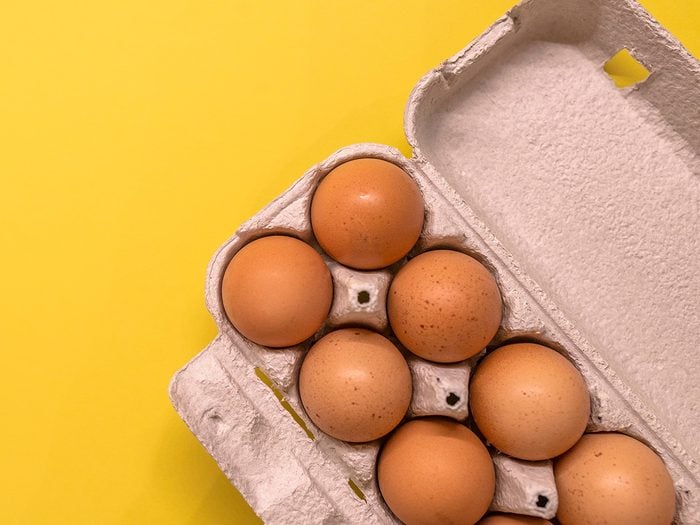
Facts About Eggs That May Surprise You
Most animals lay eggs
Eggs are perhaps the most vital life force. More than 99 percent of animal species reproduce via oviparity (egg laying), with mammals being the notable outliers. And even then, there are two striking egg-ceptions: the echidna (spiny anteater) and the platypus, the only mammals that lay eggs.

Human reproduction
At birth, human ovaries come equipped with a lifetime supply of eggs already intact—between one and two million oocytes (eggs). By puberty, that number shrinks to around 400,000 and continues to decrease with age. With women waiting longer to have children (the average age for first-time mothers in Canada is 29), egg freezing is on the rise. In the United States, it rose 39 percent between 2019 and 2021.
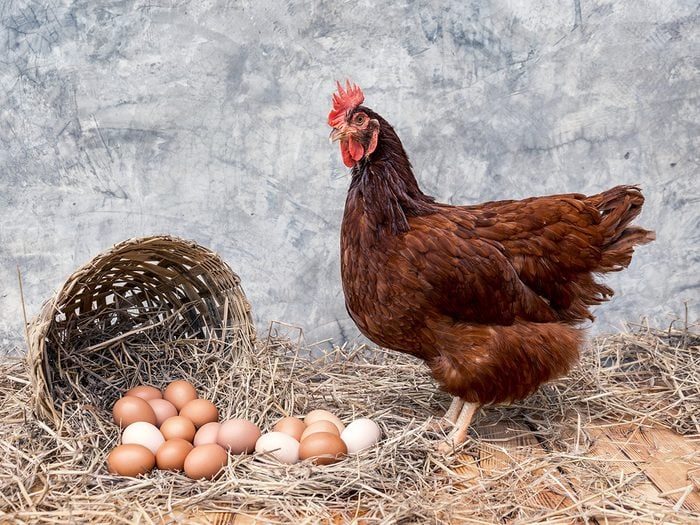
The age-old quandary
“Which came first, the chicken or the egg?” Science settles this debate once and for all! Chickens are a domesticated version of the red jungle fowl (Gallus gallus), a tropical bird still common in Asia. By selectively breeding the tamest of the birds, humans created a whole new species approximately 8,000 years ago. So, the first-ever chicken (Gallus domesticus) came from the egg of its wild ancestor.
Here’s the secret to fluffy scrambled eggs (it’s not milk!)
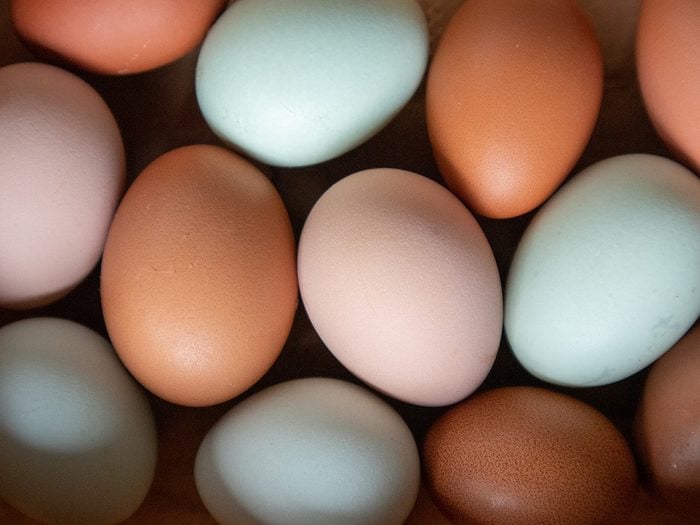
Green eggs are real
White and brown eggs are the most widely available, but chicken eggs come in an array of shades, including cream, pink, blue and even green. That’s right: Green eggs aren’t just the imaginings of Dr. Seuss—though in real life, only the shell appears green. The variety is due to genetics, and there’s no difference in nutrition or taste.
For more on the difference between white and brown eggs, click here.

The origins of Easter eggs
Decorating eggs is an age-old tradition: Archaeologists discovered gold- and silver-decorated eggs in the ancient tombs of Mediterranean and Middle Eastern elites. But the association with Easter began with the Ukrainian practice of pysansky. With the yellow yolk representing the sun, decorating eggs was a way to welcome spring and ward off bad crops. When Christianity spread to Eastern Europe in the Middle Ages, the ritual was reimagined, with the eggs symbolizing Christ’s resurrection.
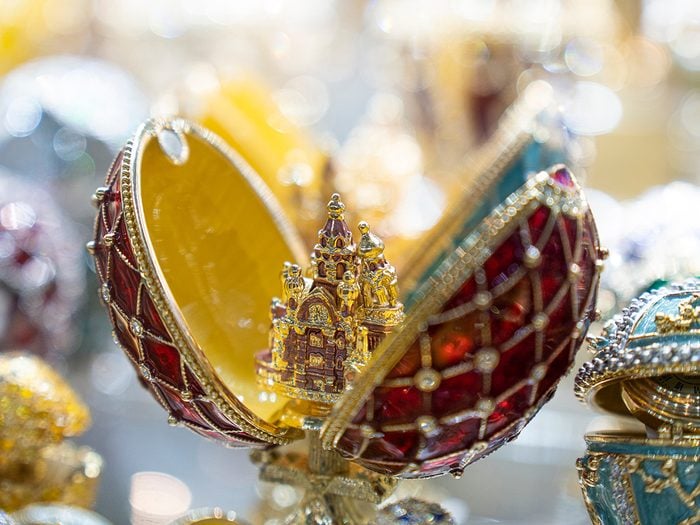
A priceless specimen
Fabergé eggs are crafted from gold and adorned with diamonds and semi-precious stones. The Hen Egg, commissioned as an Easter gift by Tsar Alexander III for his wife, was the first in a series of 50 created for the Russian imperial family between 1885 and 1917. Of those, 43 are still accounted for—including the Third Imperial Egg (valued at $33 million). It was discovered at an American flea market in 2014. The buyer didn’t realize its worth and had planned to sell it for scrap.

On-screen egg hunt
Pop culture “easter eggs” can be seen in Marvel movies and Taylor Swift music videos. The practice of hiding hard-to-catch messages and inside jokes started as a way for video-game developers to communicate with players or leave a tag of sorts. But sometimes it happens by accident. The cast of 1975’s The Rocky Horror Picture Show held an egg hunt on set and some of the eggs were a little too well hidden. At least three eggs are visible in the final film. More recently, a Starbucks coffee cup appeared in a Season 8 episode of Game of Thrones.

Encore?
To have egg on one’s face is a figurative expression meant to convey embarrassment, but it has more literal origins. In the vaudeville entertainment era of the early 20th century, a poor theatrical performance was often met with a pelting of rotten vegetables and, yes, raw eggs.
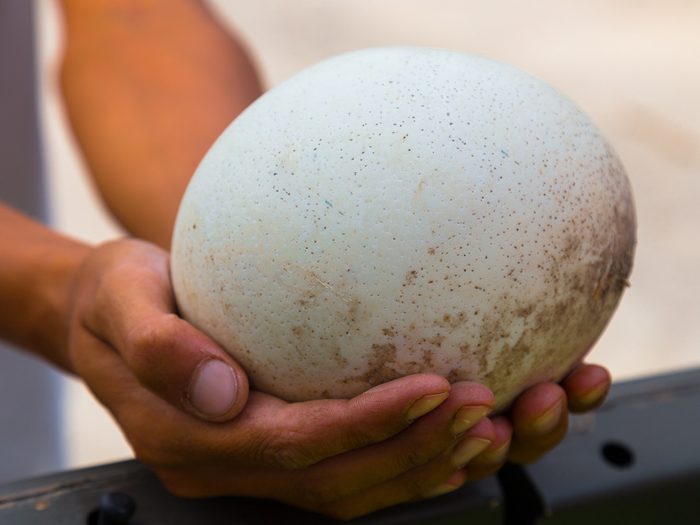
The biggest of them all
The largest eggs are laid by the ostrich, at 15 centimetres long and 13 centimetres wide. They weigh an average of 1.36 kilograms, but, in 2008, one ostrich laid an egg nearly double that (2.59 kilograms), hitting a new world record. However, the largest eggs to have ever existed are believed to be those of the now-extinct Aepyornis maximus (elephant bird), a flightless species native to Madagascar whose eggs were about 30 centimetres long and 22 centimetres wide.
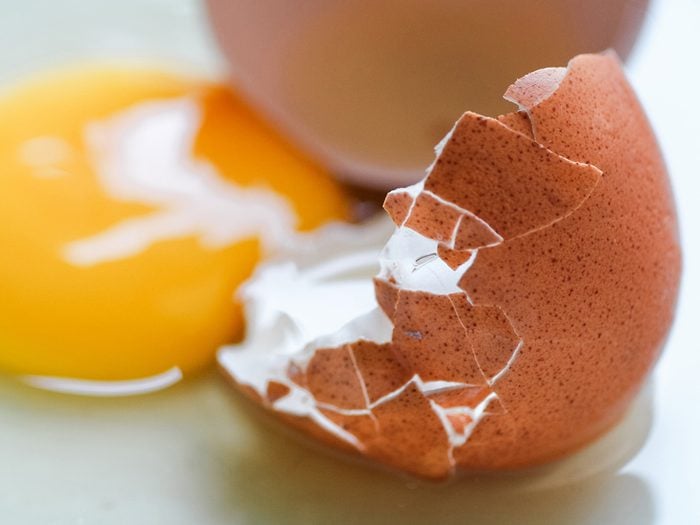
Egg physics
An egg is almost certain to shatter if you drop it on the floor, but squeeze it from the ends and it’s a different story. The conundrum comes down to architecture: While eggshells are made from fragile calcium carbonate, their three-dimensional arch shape is extremely durable when pressure is applied equally from top to bottom—reportedly withstanding more than 45 kilograms of weight.
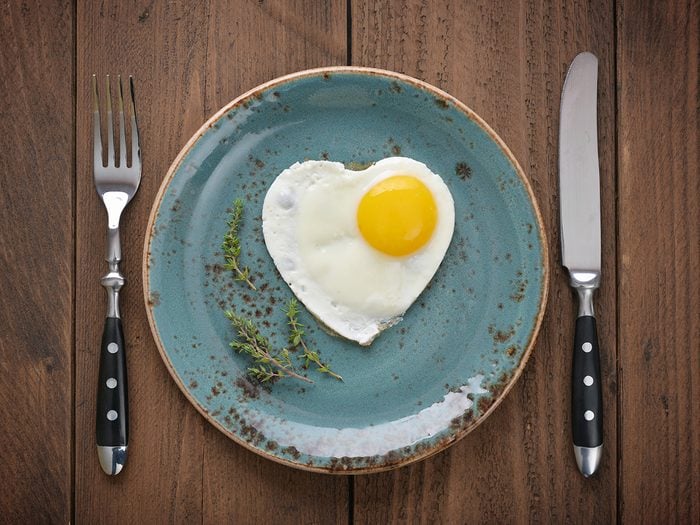
Rise and shine
Eggs could be considered the original breakfast food. Prior to the 18th century, only manual labourers, children and the elderly would eat first thing in the morning. But when the Industrial Revolution birthed a new labour class, workers needed sustenance before heading to the factory. Enter eggs (a cheaper alternative to meat) as the obvious solution to early morning hunger pangs. Poached was the most popular way to cook them.
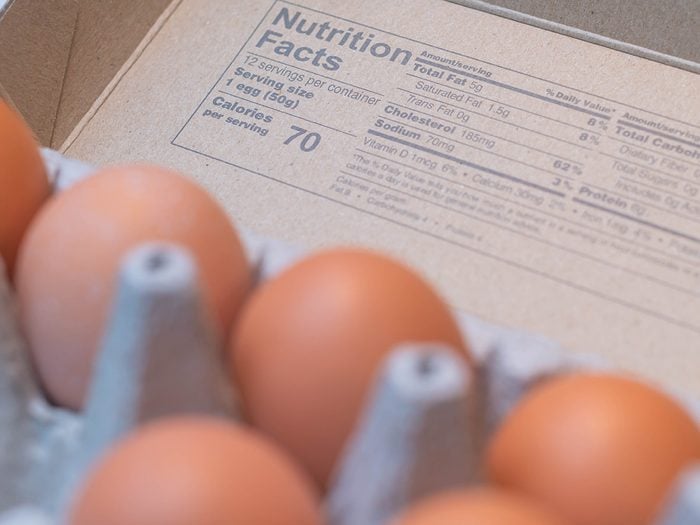
Eggs are good for you
Eggs are a great source of protein and vitamins A, D and B12. They’re also high in cholesterol, which has led to some confusing guidelines when it comes to heart health. In the 1960s and ’70s, the American Heart Association warned against eating more than three eggs per week. But current research has debunked this advice, concluding that there’s no definitive link between eggs and an increase in blood cholesterol. In fact, an egg a day is good for you.
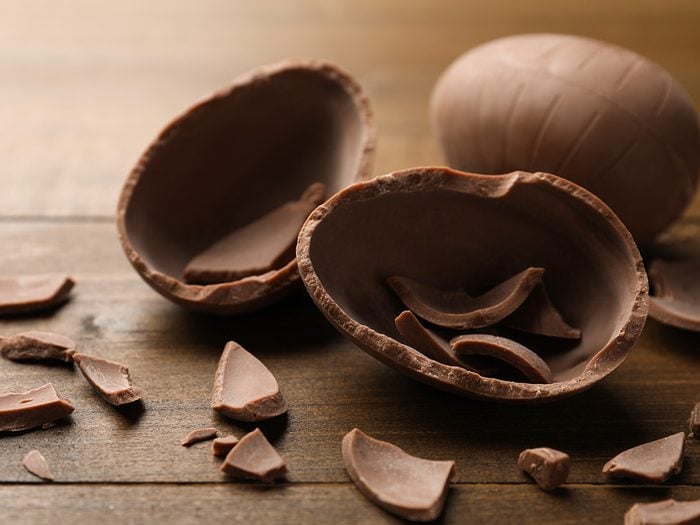
A sweet treat
Chocolate eggs certainly don’t have the same health benefits, but they’re still a favourite treat. The first chocolate Easter egg was made in Europe in the late 19th century and was an expensive novelty at the time. It wasn’t until the 1950s, once methods improved and the eggs could be mass produced, that they became more widely affordable. Easter has since become the second biggest holiday for chocolate consumption in North America.
Enjoyed these facts about eggs? Check out these fascinating facts about yoga.